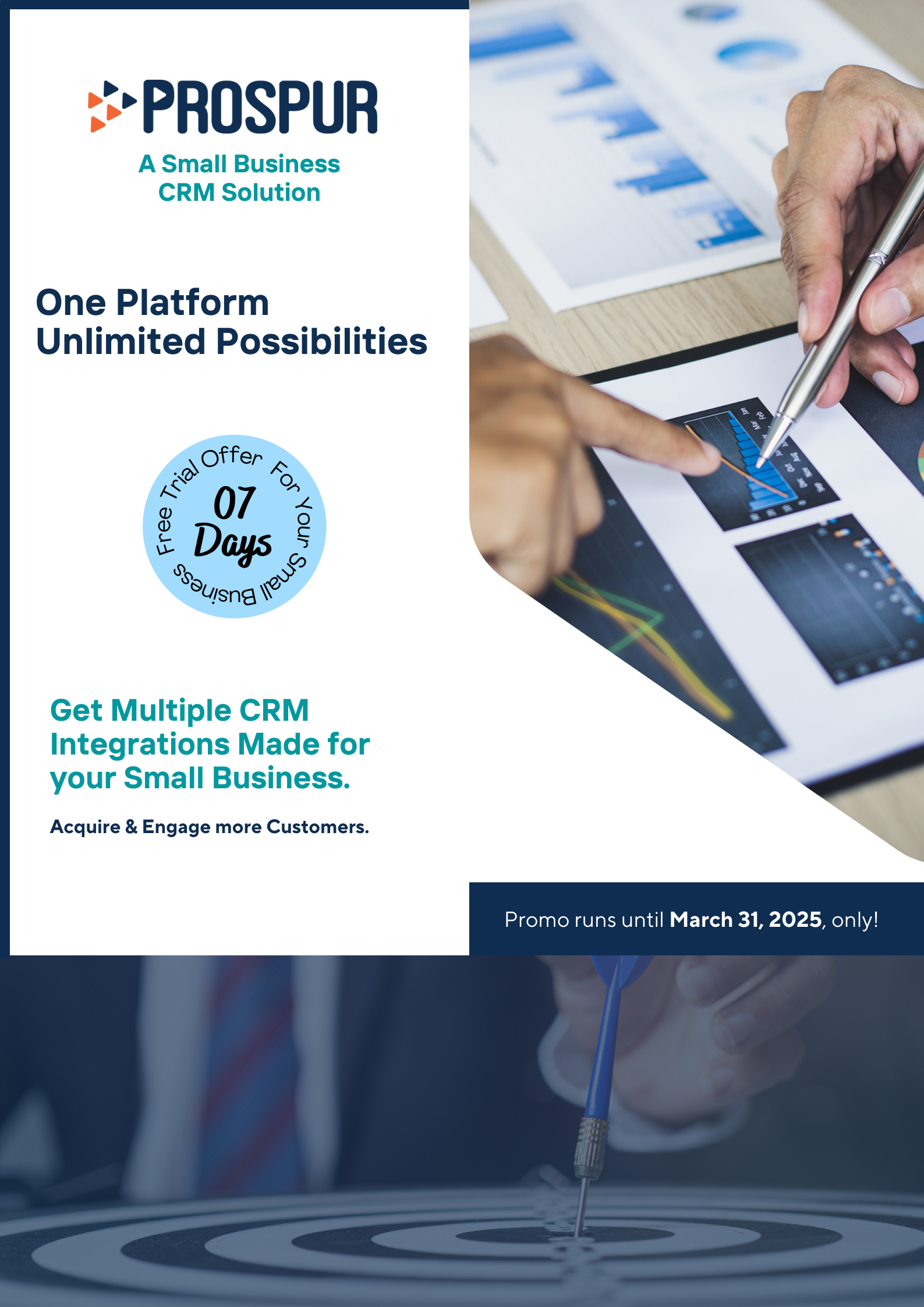6 Strategies To Shorten the Sales Cycle With a CRM
Editorial StaffAugust 17, 2022

Making the sales cycle short is one of the priorities of any company. If it takes a long time to turn a lead into a paying customer, it could lead to dissatisfaction for the client and the sales team.
Prospecting, lead capturing, qualification, negotiation, and closing should be seamless and quick. Companies understand that market is competitive and long sales cycles could compel the customer to opt for your competitor’s services.
Customer Relationship Management (CRM) benefits the sales and marketing process. The features of a CRM are lead generation and management, ordering and invoicing, reporting, and integration with third-party tools.
Let us understand the sales cycle in detail and ways to shorten it.
What is a Sales Cycle?
A customer goes through different stages, from realizing the need for a product to paying for its purchase. This is called the sales cycle. During this sales cycle, the team guides the customer by answering all the questions leading to a sale.
Usually, the sales cycle ends when the product or service sells. A typical cycle includes these stages –
The cost of selling to a loyal customer is much less than acquiring a new one. Therefore, retaining customers and obtaining referrals is the eighth stage of the sales cycle.
Loyal customers are your brand’s ambassadors who do free referrals and generate more high-quality leads. This requires maintaining a trusting relationship even after the sale.
Leads that come through existing customers are high-quality and automatically shorten the sales cycle.
Why Should You Shorten a Sales Cycle?
The average sales cycle is a key business metric that accounts for the number of days it takes to convert a lead. Here is why you should shorten the sales cycle –
- Save time and reach more customers.
- Generate large volume in sales.
- Bring in higher revenues.
- The sales team remains motivated to work and generate more commissions.
6 Strategies to Shorten the Sales Cycle:
#1. Lead Prospecting and Generation
This is the first stage of the sales cycle. Lead generation can have different sources, including cold calls, business development meetings, trade shows, social media, walk-ins, and more.
It is important to have all the leads consolidated and a mechanism to segregate them as cold, warm, or hot. This allows the sales team to focus on the high-priority ones and quickly convert them.
CRM system consolidates the information and makes it visible to all the stakeholders over unified dashboards, thus shortening the sales cycle.
#2. Develop an Ideal Customer Profile (ICP)
If you put maximum effort in the wrong direction, it will yield no results. It is important to approach the right customer base, or else you will end up burning cash and wasting your sales team’s time.
Trying to sell to the wrong customer also makes the sales cycle longer. Here are the steps to make an ideal customer profile –
- Group the best customers. These include ones that pay the highest, have a long lifetime value, and were fast to convert.
- Identify the common traits of such customers, such as their profession, geographic location, lifestyle, business size, etc.
- Understand why these customers chose your service and what problem did you help them resolve. If you are not sure, you can even ask for feedback from the customer and ask direct questions.
These steps will help you create an ideal customer profile for the product or service you sell.
#3. Ensure Clean, Extensive, and Reliable Data
Clean and reliable data makes the job easy for your sales team. Incorrect or outdated information will waste your time and will not yield tangible results.
The CRM system automatically captures all information from incoming emails and web forms and populates the necessary tables in the database.
It is also easy to run data cleaning jobs on the system and verify the integrity of all information in a CRM system. This reduces the sales cycle because your team has access to the right information at short notice.
#4. Make a List of Required Fields
Although the CRM system will have a standardized data entry process to minimize human error, you can add fields manually if required.
This helps record information manually at trade shows and other events where you may exchange business cards. You can make certain fields mandatory for the smooth progression of the deal.
This progresses the lead flawlessly down the sales funnel. The standardized data set also lets you pass the order from one sales representative to another.
#5. Create Duplicate Prevention Rules
Prevent duplicate calls to customers by setting up rules and maintaining a call history in the CRM system. This also prevents the duplication of records or invoices, reducing any redundant effort of the sales team on such jobs.
#6. Lead Qualification
Remove bottlenecks in the sales funnel by a lead scoring system. This way, you can segment the leads into buckets and know how likely your newly acquired leads are to convert into paying customers.
You can divert the leads to relevant sales representatives and managers who have the required expertise in that product, service, or industry.
Lead qualification also ensures alignment in the sales and marketing departments by sharing common goals and building reports in the CRM.
Manage communication, notification, and gain visibility of the pipeline across different processes.
Conclusion:
Companies that focus on growth and innovation understand the need for shortening the sales cycle and CRM benefits to the business. Cloud-based CRM systems are easy on the pocket and provide you location-independent access to the system.
Whether you are on a mobile device, tablet, or laptop, you can collaborate with the whole team and drastically shorten the sales cycle.

